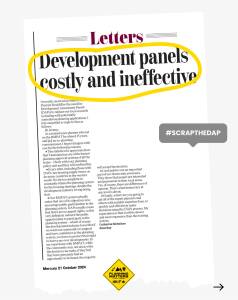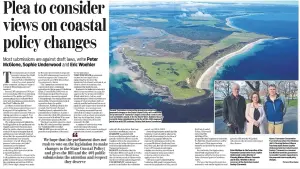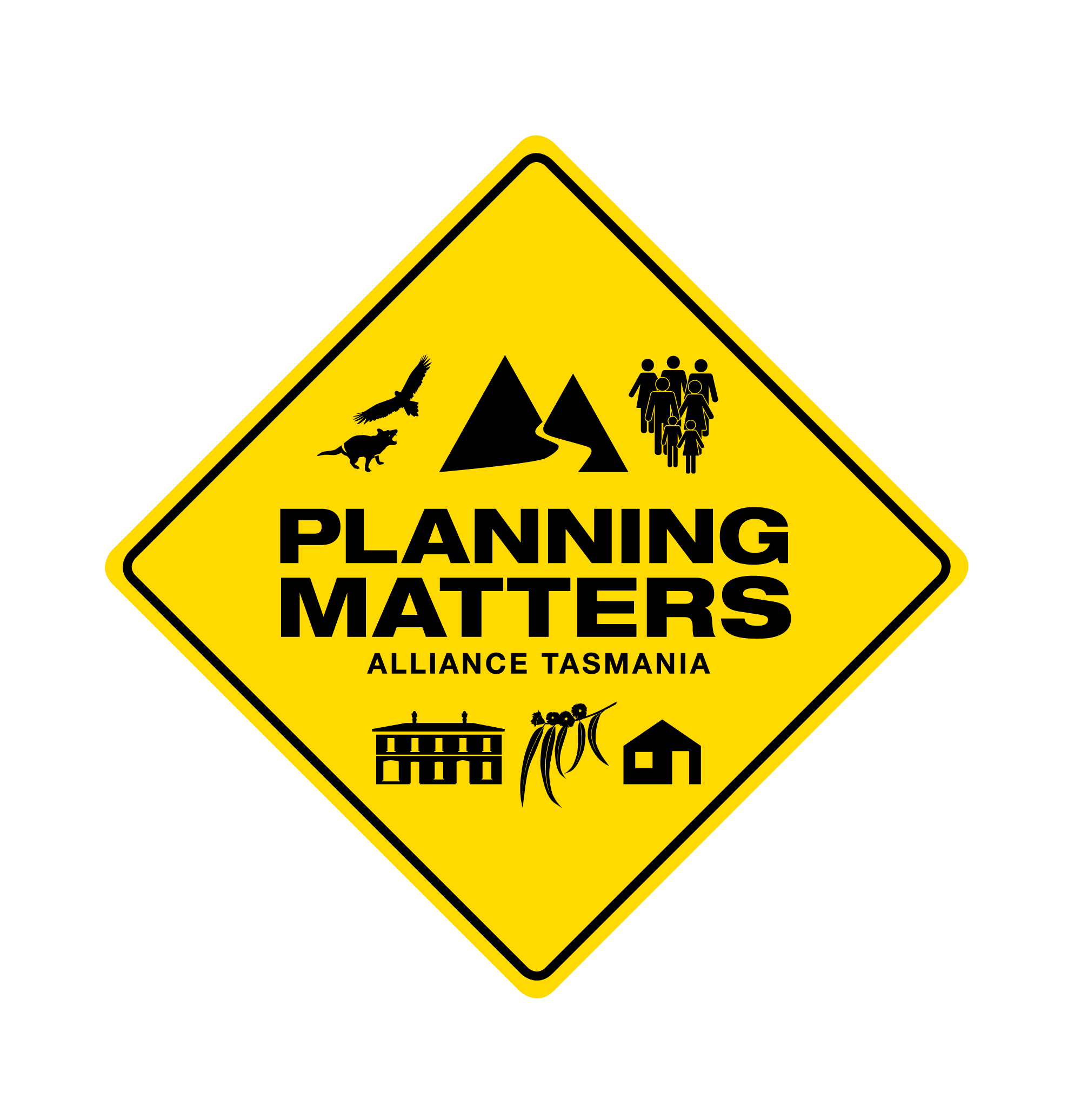- Talking Point
Joint Talking Point: Reserve Activity Assessment May 2019
Media Enquiries
Sophie Underwood
PMAT State Director
sophie_underwood@hotmail.com
0407 501 999
Please share:
Falling through the cracks – the assessment of tourism development proposals in Tasmania’s national parks
Premier Hodgman often repeats his mantra that his government’s call for Expressions of Interest (EoI) in tourism developments in Tasmania’s parks and reserves provides a rigorous and transparent process for their assessment (e.g. media release Backing in sustainable nature tourism, 19 March 2019). However, the reality is that rather than utilising a well-defined, rigorous and transparent process which guarantees public comment and appeal rights, it is taking advantage of an absence of such a process.
The key decision in the approval or refusal of a development proposal in a national park or reserve (approximately 50 per cent of the State) is compliance with the relevant legally binding management plan where there is one, or consistency with the legislation if there is not. This is the decision that most needs to be rigorously documented and available for public scrutiny. This task falls to the Parks and Wildlife Service’s Reserve Activity Assessment (the RAA) so it is essential this process is robust and transparent.
The RAA however, is only defined in an internal PWS policy document, not in legislation, so it cannot be legally challenged or appealed; there is no requirement that a RAA be made public, let alone that it be made subject to public scrutiny (PWS regularly undertakes RAAs without any public involvement), and it has no clearly defined relationship to any planning legislation despite its crucial role in informing both the federal and local government decisions.
This means that the public have no guaranteed right of say over development of public land – which is undemocratic.
This situation must be addressed before the Tasmanian (Statewide) Planning Scheme takes effect. This will make things even worse because it effectively removes the only legislated protection the public has over development on reserved land by removing councils from the key decision about impacts on reserve values. In the case of the Lake Malbena proposal, the key issue is impact on wilderness values. If there had been no role for council in this, the only public comment on wilderness concerns would have been through the federal government’s separate assessment; there would have been very limited opportunity for council to refuse the development and no opportunity to raise wilderness impacts in an appeal.
Legally binding clarification of a process for assessing proposed developments on public reserved land is particularly important when the government’s policy of ‘unlocking our national parks’ actively encourages such development. Legislation is needed to guarantee an open and transparent process with meaningful public scrutiny and appeal rights, and to clearly define the relationship with other legislation (nobody gains from duplication of process).
This is not a big ask. Proposed development on reserved public land needs to be assessed with at least as much rigour as development on private land – not less! An analogous integrated process already exists for assessing works on heritage places, where the Tasmanian Heritage Council has a legally defined role in the planning permit assessment process and the resulting decision is reviewable by the Resource Management and Planning Appeals Tribunal, ensuring independent scrutiny and oversight within existing planning permit appeals process.
The proposal for a wilderness lodge at Lake Malbena in the Tasmanian Wilderness World Heritage Area originated as an EoI proposal. On 26 February 2019 the Central Highlands Council met to make its decision on the development application for this proposal. A common theme of the comments made by the Mayor and councillors was the inadequacy of the RAA (which had not been subject to separate public comment) and the failure of process – the state and federal governments had shirked their responsibilities – a small rural council
should never have been required to make the key decisions about impacts on World Heritage values.
Tasmania’s current planning legislation dates from the early 1990s. At this time both major political parties agreed that national parks were out-of-bounds for commercial development so it the original omission of a rigorous process for the assessment for such developments is understandable.
The State government’s call for EoIs has taken advantage of this legislative void. There are thought to be around 40 EoI proposals currently under consideration. EoI proposals are progressed to the stage of determining lease and licence conditions by an unaccountable panel of senior public servants, before the PWS is required to go through the motions of conducting a RAA which may never be made public. Depending on the detail of the proposal, further local and/or federal government assessment may be required, but these processes do not necessarily guarantee that the key concerns of impacts on reserve values will be addressed. Only if the proposal requires a change to a management plan is there a legal requirement for public consultation by PWS. Even this may be lost in the future under the government’s apparent agenda of sidelining legally enforceable management plans in favour of the non-legally binding tourism “master plans”.
The Parks and Wildlife Service started a review of the RAA in early 2018 but it has stalled for more than 12 months. The review will be of very limited value if it is confined to refining the internal PWS process. The RAA’s greatest deficiencies can only be addressed by legislation which guarantees an open and transparent process with opportunity for meaningful public scrutiny, appeal rights, and a clearly defined relationship with other relevant legislation.
We call on the state government to immediately commit to a timeframe for a clear and consultative review of all aspects of the assessment of development proposals in national parks and reserves, and to release key outcomes of the RAA review undertaken to date.
Nick Sawyer, President of the Tasmanian National Parks Association, Sophie Underwood, State Coordinator of the Planning Matters Alliance Tasmania, Peter McGlone Director of the Tasmanian Conservation Trust and Tom Allen Acting Campaign Manager of the Tasmanian Wilderness Society.
Related News & Media

Mercury Opinion Piece: Development panels costly and ineffective
An open letter to Jeremy Rockliff by an ex-planning commissioner, Catherine Nicholson on the ineffectiveness of development assessment panels.

Examiner Opinion Piece: Will panels undermine local councils?
The independent panel members [DAPs] are generally pro-development and pro government of the day. They are anything but independent or apolitical.

Take Action for Tasmania’s Coasts: Make a Submission
The Tasmanian Government has released a State Coastal Policy Position Paper, seperate from the Draft Validation State Coastal Bill 2024, for public comment to fast-track

Mercury Opinion Piece: Plea to consider view on coastal policy changes
Most submissions are against draft laws, write Peter McGlone, Sophie Underwood and Eric Woehler. Published in The Mercury 18 September 2024.

Support Us
Receive News & Updates from PMAT
Stay informed on what’s happening locally and statewide within Tasmania, and join our community in advocating to protect Tasmania’s future.